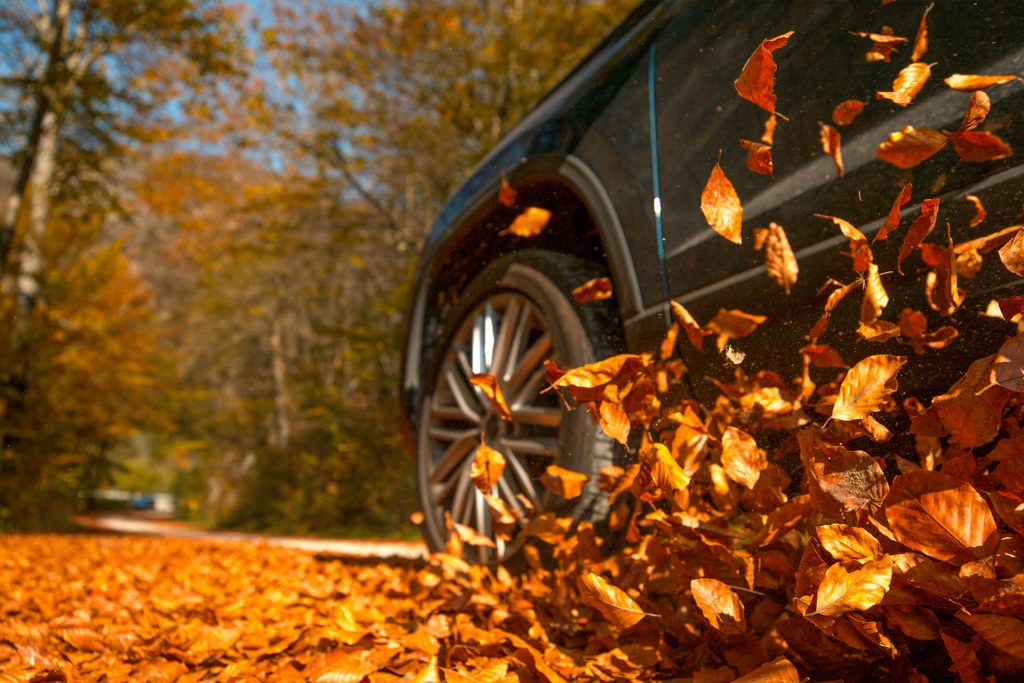Driving in the fall season
After a summer of streets blocked by construction, many drivers might look forward to operating their vehicles on the open roads of fall. Driving in this season can be easier than at other times of the year, but even this season has its challenges, including shorter days, a time change, colder weather and more.
Every season requires people to make adjustments, whether they must get used to the amount of light or changing weather conditions. For drivers, these adjustments are especially important as making a mistake can be deadly. However, following a few guidelines can help people adjust more quickly and easily than they otherwise would.

People need to learn the proper techniques for the road so that they can continue to drive to work or the store, to pick up their elderly relatives to go on appointments and more. Learning to deal with the issues involved with operating a vehicle in the fall season is important for every driver.
Preparing for Winter
As Gerry Molloy notes in his Autofile article on safe driving tips for the fall season, the unpredictability of Canadian weather means that drivers should be prepared for the possibility of winter conditions, even early in the season. Although a snowfall in early September or October is unlikely to last throughout the winter, it can bring dangerous driving conditions for several days before it melts again.
Preparations for winter driving should begin in fall. Once the temperatures are consistently below about 7 degrees Celsius, drivers should plan to have winter tires put on their vehicles so that they will not have to deal with inadequate tires if the weather suddenly becomes wintry. Replacing windshield wiper blades if necessary, replacing summer windshield wiper fluid with the cold-weather formula and other tasks should be part of every vehicle owner’s fall season preparations for winter.
Emergency Kits
Every season has its own dangers, but the cooling weather in fall should remind drivers to prepare for winter by ensuring that they have an adequate emergency kit. Becoming stranded in a snowstorm or heavy fog can be dangerous, and it is important to be prepared with everything necessary for survival. In case of an accident or severe weather, conditions may make it impossible or extremely dangerous to continue driving.
Most emergency kits contain a few standard supplies, but people can add more, according to their circumstances. Some of the basic supplies that people should include are a shovel, blankets, a candle and matches, a flashlight, water, non-perishable snacks such as dried fruit or granola bars, and extra clothes such as mittens and socks.
People should also include anything else that people might need if they become stranded, such as allergy medication or other medical supplies. Jumper cables are also useful items to keep in the vehicle. Having maps and a cell phone in the vehicle at all times can also help people prepare for an emergency.
Preparing this kind of emergency kit in fall is important as it allows drivers to collect the necessary items slowly, when it is most convenient for them, rather than rushing to put them together after the first major snowfall.
Schools and Changing Light
Early snowstorms are only one factor in the issues related to driving in the fall season. With school starting in September, children and their parents will be on the road near schools. Drivers need to be especially careful, especially near elementary schools. However, drivers should be aware of the increased possibilities of collisions with pedestrians even around post-secondary institutions. Students may be overconfident of their ability to get across the road in time, or they may be rushing to get from classes to a job and may not pay attention to where they are going.
Changing amounts of light is also a factor in fall driving. With the reduced hours of daylight, drivers who might otherwise be able to get back from work or school in bright sunshine must deal with decreasing amounts of light both in the mornings and the evenings.
With sunset coming earlier in fall than during the summer, it can be very hard for drivers to see the road near dusk. If possible, drivers should avoid being on the road when it is difficult to see, or they should be sure to protect their eyes from the sun if they must drive towards the west near sunset. Similarly, as the sunrise comes later in the day, when they may already be on the way to work or school, they should be careful when driving east in the morning.

The fall time change is another factor that can influence people’s driving habits. Although losing an hour in spring can make people feel exhausted, the fall time change can be equally problematic, if not more dangerous.
According to a March 9, 2017 CBC article, pedestrians are three times as likely to be killed in traffic accidents in the days following the time change as they are before that time, probably because it can take days or weeks to become accustomed to changes in the amount of light. For pedestrians, cyclists and other road users, fall can be a time of adjustment as they try to adjust to the new conditions.
Changing Weather
Besides the shorter days and time changes, drivers must deal with weather that can become volatile. As the temperatures begin to cool down, many areas of Canada experience fog and rain, both of which can cause problems for drivers on the road. Rain can decrease visibility while increasing the risk of hydroplaning. Fog can be especially dangerous because of the reduced visibility. With the patchy characteristics of fog, it can be easy to think that the weather is clearing up when it may worsen again.
Leaves can also cause problems for road users in fall, especially in areas with many large trees. At times, falling leaves may obscure a driver’s view if they fall thickly enough. More often, however, they tend to gather at the sides of the road and may hide potholes and other hazards. Cyclists on the road may decide to swerve out of the way of a pile of leaves rather than risking dangers they cannot see. In wet weather, leaves can also become slippery and can cause vehicles to skid.
Each season has its benefits and challenges. With the issues of a time change and darkening days, operating a vehicle in the fall season is not always easy, but drivers can learn to overcome these potential problems and to enjoy being on the road.
